“When I encounter Kurt Cobain’s Sky Stang I, I'm evaluating it like a tech. Then I'll have a beer and go, ‘Did that just happen?!’” From fixing Lennon’s Framus to giving Prince's Cloud III a CAT scan – it's all in the life of an A-list guitar appraiser
In his work for the prestigious LA auction house, Julien’s, Mike Adams has gone from guitar tech to guitar detective
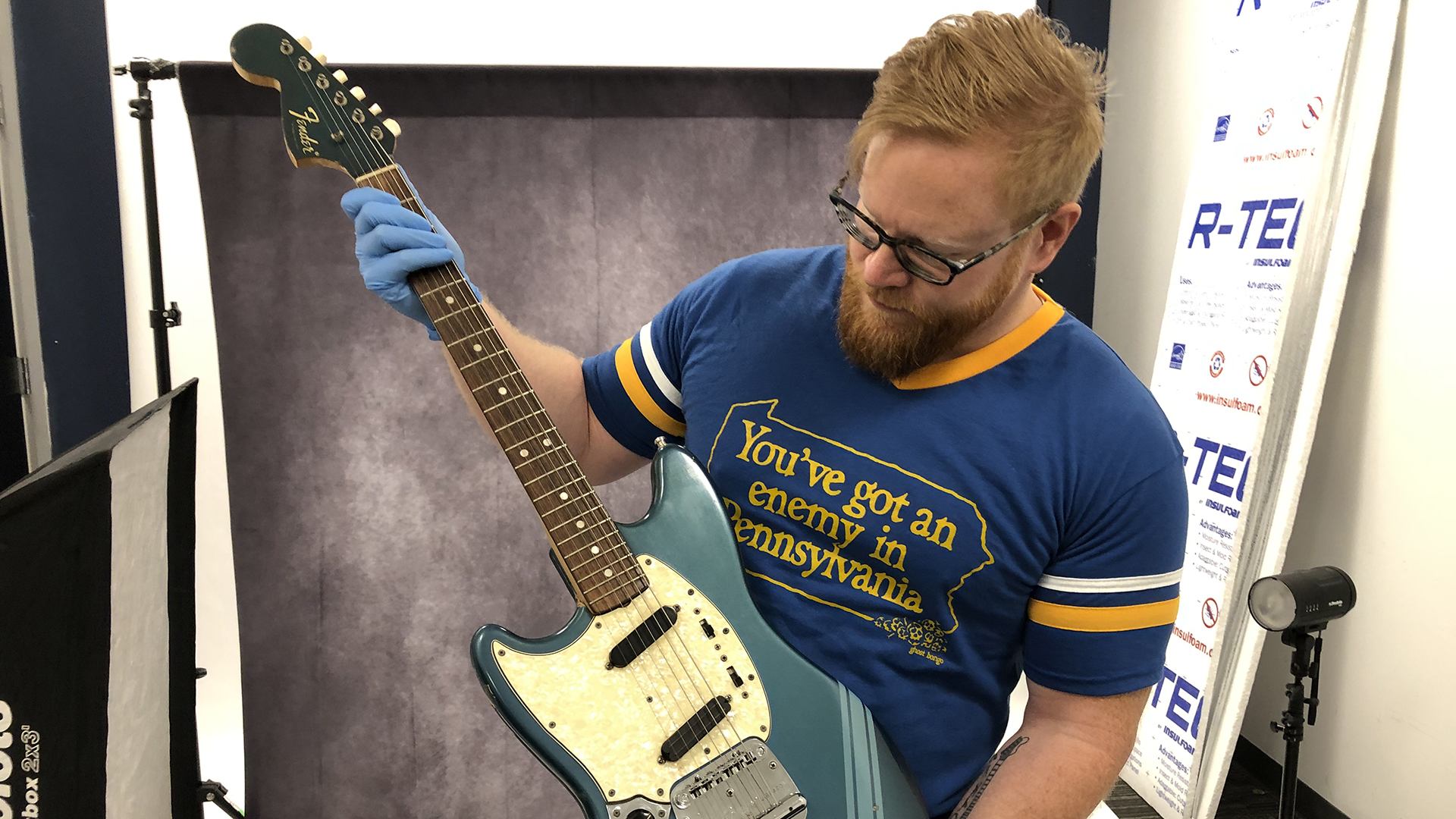
Mike Adams gets a VIP view of the kind of rarified instruments that most of us only get to read about. As the in-house guitar appraiser for Julien’s Auctions, he has worked on guitars owned and played by Prince, Kurt Cobain and John Lennon – and that’s only in his first year in the job.
It’s a dream role for any guitar geek, but then Adams is not just any guitar geek. From living on beans to buy his first vintage models, to founding a vintage shop (Mike and Mike’s Guitar Bar – of which he’s no longer affiliated), and becoming the internet’s go-to offset expert, he has dedicated his life to understanding guitars and has a particular soft spot for Fender oddballs.
“It's only looking back where I really have the clarity about it, because I've never in my life known what I wanted to do,” admits Adams. “I just had interests and followed them. for better for worse! You know, not making much money, but having a whole lot of good times playing music, guitar teching – all that stuff.”
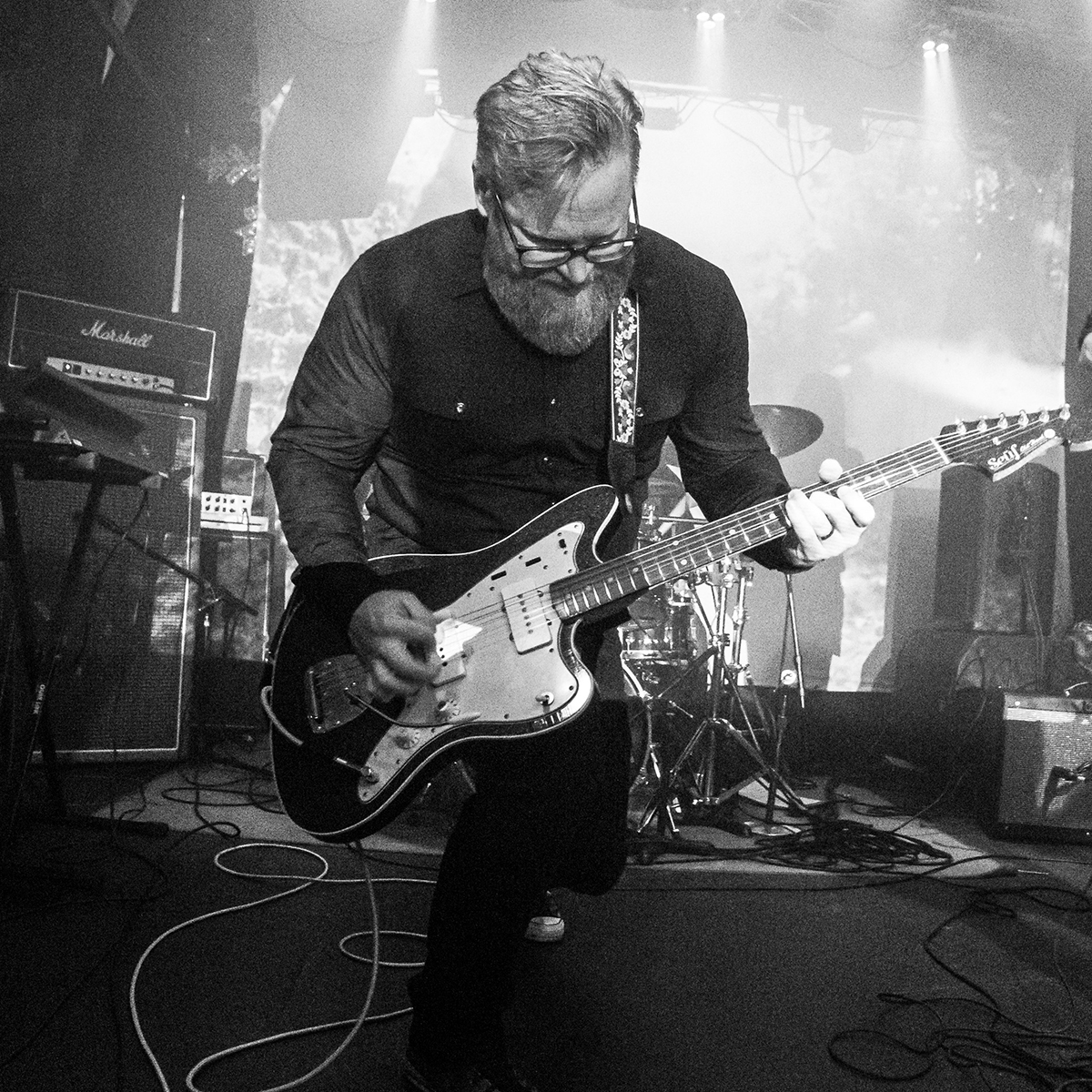
Regardless of whether it was intentional or not, that blend of expertise, approachability, and Tigger-like levels of enthusiasm eventually saw him tipped to the producers of Antiques Roadshow.
From there, he tells us, one thing led to another and – with a little help from AR’s Laura Wooley and a grueling appraisal qualification – his present role inspecting some of the world’s most valuable guitars for the renowned LA auction house, Julien’s.
Many of the guitars you have read about in Guitar World headlines have passed through his hands. John Lennon’s Framus Hootenanny? That was Mike. Kurt Cobain’s Sky Stang I? Mike again. Prince’s Cloud III? Steve Jones’ Sex Pistols Gibson Les Paul? Well, you get the idea.
“Now I get to see any number of crazy things,” says Adams. “It's a new level of guitar detective work, where I have to look at a thing and go, ‘What is it? And how do I prove it?’ I've been able to meet some amazing people, some of my heroes – and that's stuff I treasure. But now I get to meet famous guitars…”
Get The Pick Newsletter
All the latest guitar news, interviews, lessons, reviews, deals and more, direct to your inbox!
You’re known for being particularly passionate and knowledgeable about Fender offsets. Where did that connection come from?
“I guess it started when I moved to Seattle in 2009. I wanted a blue Fender for some reason and my friend Mike was like, ‘Well, I have a blue Jazzmaster!’ I grew up playing Gibsons and the Jazzmaster felt like ‘the most Gibson’ of the Fender instruments.
I found this weird kinship in the Jazzmaster. I felt like, 'Oh, you poor thing! Who hurt you?'
“I loved it and – obsessive-compulsive disorder – I wanted to understand every single thing about it. I had heard for years that ‘Jazzmasters and Jaguars were terrible’, ‘Leo Fender really messed up with this one’, etc. At some point, I started feeling like, ‘Well, if Leo Fender didn't think it was good enough – or Freddie Tavares, or Forrest White, or George Fullerton – then they wouldn't have released it. So why did it make it out of the factory?
“Being an underdog myself – as an overweight, redheaded kid in the ’90s! – I kind of found this weird kinship in the Jazzmaster. I felt like, 'Oh, you poor thing! Who hurt you?' [laughs] And I wanted to understand it.
“So by tearing this blue guitar apart, I figured out that we hadn't been setting them up [right] for 60-plus years. They were intended to be like archtop jazz guitars – with that string geometry, built on a solid-body instrument – so when you raise the bridge, put a heavier string gauge on it and shim the neck, it plays beautifully.”
What goes through your head when you inspect the likes of Kurt Cobain’s Sky Stang I?
I'm aware that I'm holding one of the coolest guitars in history, but the ‘on the clock’ portion of my brain kicks on
“This might make me sound weird, but I have had the privilege in my career to examine $500,000 Les Pauls. I have played 13 ’58-’60 Les Pauls [the renowned ’Bursts].
“That first one was the scariest guitar I've ever played, but the 13th one is like, 'Oh yeah. I know this.’ So I hope I'm not jaded! But I think the experience has kind of settled me in a way.
“So when I encounter Kurt Cobain’s Sky Stang I, I'm aware that I'm holding one of the coolest guitars in history, but the ‘on the clock’ portion of my brain kicks on and I'm like, ‘What am I looking at?’
“I'm evaluating it like a tech. I'm being careful and I'm aware of the privilege – and then later I'll have a beer and I'll go, ‘Holy shit, did that just happen?’ And it will hit me. But while I'm there, I need to look at it, evaluate it, gather some specs, take notes, pictures – my brain clicks into that mode.”
A post shared by Mike Adams (@puisheen)
A photo posted by on
The Cloud guitars are so completely distinctive and unusual. It’ll never be like, ‘Oh, this is another Strat, another Les Paul…’
“Or another Mustang! It is its own thing. And that was so exciting, to be able to learn about that. I had never given a CAT scan to a guitar before! I didn't know what to expect, but I could see filled routes.
Examining Prince’s Cloud III was so exciting. I had never given a CAT scan to a guitar before! I didn't know what to expect
“I could see the original tuner hole locations from the O'Hagan Nightwatch [an early-’80s neck-thru build from the short-lived US brand] that the guitar was made from. I could see the three-piece neck, the two original wings of the body, and the new maple wings glued onto the sides to form the cloud shape.
“Being able to see all of that was like that was the most mind-blowing and exciting thing that's happened to me in years, as far as guitars go, because I don't know when I'll have that opportunity again. But it was like, ‘Oh my God.’ You can see imperfections of the wood, you can see the glue joints, [everything].
“It’s still insane to me that you can see all that in the CAT scan and that that proves what the thing is – that we know it's not one of the first two because the first two were made of the [O’Hagan] Shark model and they had offset tuner holes. It’s so good! It's like being a CSI detective. But for guitars. The process really excites me.”
A post shared by Guitar World (@guitarworldmagazine)
A photo posted by on
What does Cloud III feel like to play? Did you go straight in with the Prince licks?
“Woody commented the first thing I played was a double stop at the 13th fret on the B and E strings, which is exactly how the Purple Rain solo starts. I wasn't thinking about that, but he goes, 'Ah, you know Purple Rain!’ [Apparently] the body remembered but my mind didn't!
When I picked it up I was so surprised. I was like, ‘Oh my god, a guitar I can play – and it's Prince's!’ I was like, ‘What’s the reserve on this?’
“But that guitar feels incredible. It's such an amazing build, David Rusan and Barry Haugan did a really great job on that. It is not heavy, but it's not light either. The body shape is wildly comfortable – more comfortable than you'd think with that extended upper horn.
“It's a very unique feeling instrument that is compact and very resonant and highly stylized. The way that your forearm hangs over it reminded me of an Explorer, when I've got to angle my arm a little bit to pull me to the bridge.
“My favorite thing was the neck. At some point Prince asked for his necks on, I think, two of the instruments, to be shaved down – Cloud II and Cloud III – so the nut width is 1.56, which was perfect. That's my Goldilocks zone.
“When I picked it up I was so surprised. I was like, ‘Oh my god, a guitar I can play – and it's Prince's!’ I was like, ‘What’s the reserve on this?’ And, no, I couldn’t afford it…”
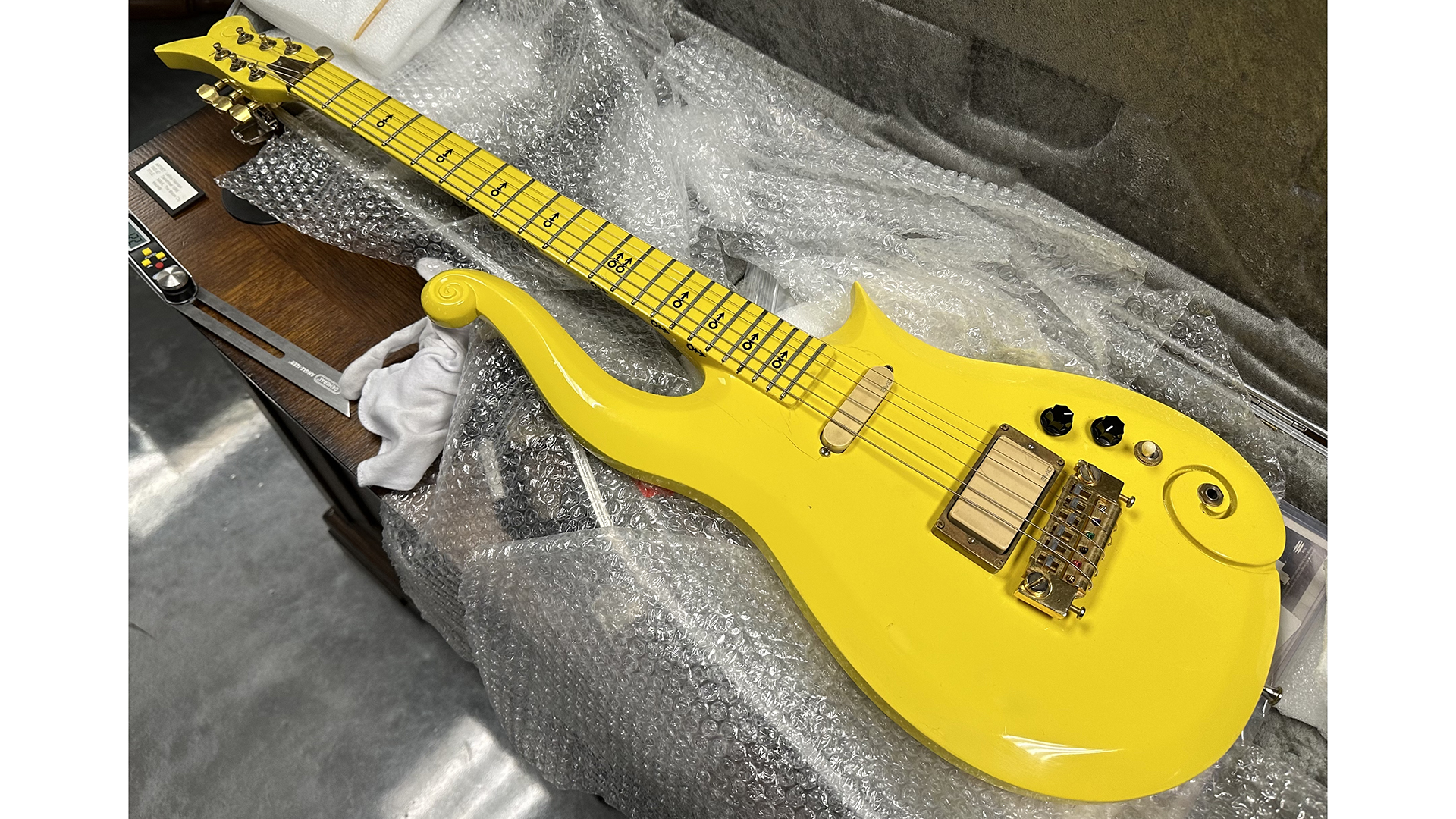
Is that the instrument you get asked most about? I know you had the John Lennon Framus Hootenanny 12-string through earlier this year, too.
“I've gotten questions about that. People wanted to know what the first song I played on the Hootenanny was after we had it repaired, which was Wonderwall.”
Oh, Noel Gallagher is gonna love that…
I got some hate mail for repairing John Lennon’s guitar. But John couldn't have played it like that. Nobody could
“Again, I was very intellectually aware of the magnitude of [the instrument’s past], but I kicked into guitar tech mode, so my first moments with that guitar were just pure fact-finding.
“It had been stored in an attic for 50 years and an attic is the worst place to keep a guitar – the things that happen with such wild swings and heat and humidity! It smelled of mildew, the neck was desperately in need of a reset. I have a picture of my feeler gauge going all the way into the dovetail. It was unplayable.
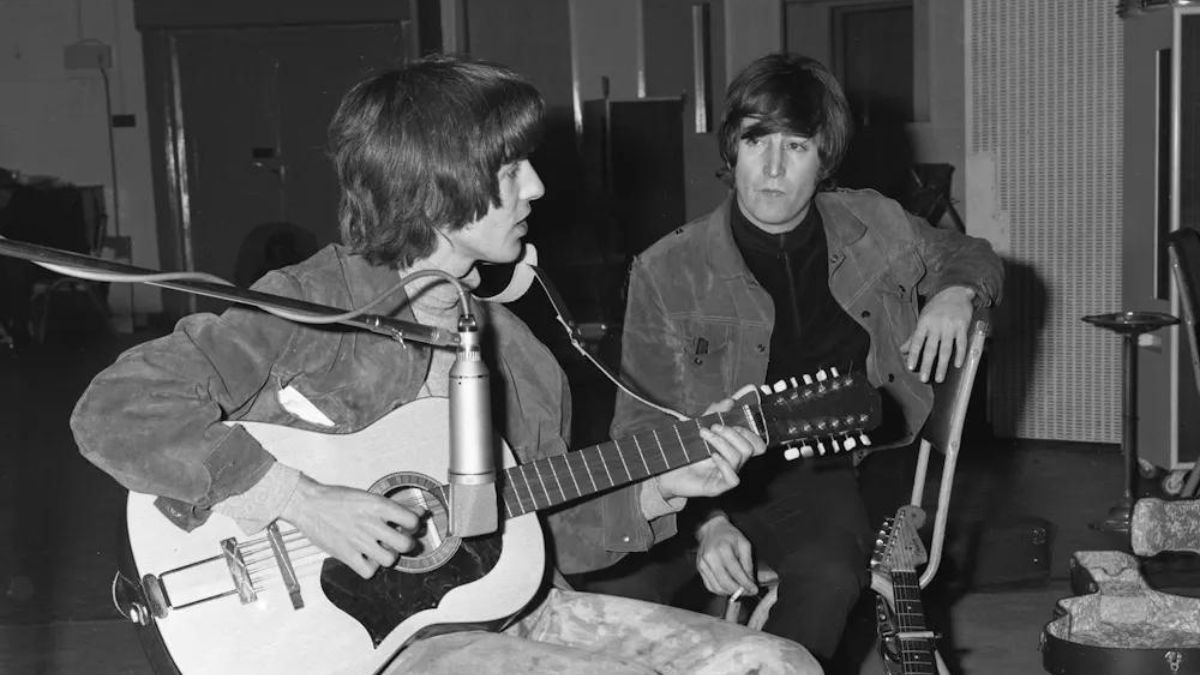
“I got some hate mail for repairing that guitar. [People saying] ‘You need to leave it in the same condition that John played it in!’ Which is such a funny thing, because it wasn’t in the same condition. John couldn't have played it like that. Nobody could.
“So, I feel very secure and honored to have been able to give that guitar back its voice through Ryan [Schuermann] at LA Guitar Repair, who did an undetectable job. [After the repair, Beatles gear expert] Andy Babiuk came into the offices to play Beatles songs on it and it was like, ‘Oh my God, that's the guitar from You've Got to Hide Your Love Away. That is the guitar on Norwegian Wood.’ It's so identifiable.
“If we hadn't put in the work, to the chagrin of the hate mail people, what a dereliction of duty that would have been. It's not just that the auction houses get to sell stuff, we have this opportunity to preserve instruments that deserve to be playable for another 60 years.”
As an appraiser, what are you looking for when you hold a Cloud III, or Kurt Cobain’s Skystang I, John Lennon’s Hootenanny… any of these instruments?
“It's looking at a thing as a whole stepping back and saying, ‘What is it claimed to be?’ And ‘What is it [in front of me]?’ – and comparing those two things. It's looking for damage, or replaced parts… or markings that identify it.
Steve Jones’ Les Paul was a big one for me, because Steve Jones, in some interviews, has said that he sold dozens of fakes to people
“That’s quite easy with Kurt Cobain's guitars because of how rough he was with them, or with the case of Sky Stang, there's that V on the pickguard that is unmatched in any other piece of Japanese tort material I've ever seen.
“But in the case of Cloud III, those guitars were refinished so often that some of those details are hidden under layers of paint. And so you've got to get out your fine-tooth comb and look over the details. I have looked, I think, at every picture of Prince playing live that was ever taken at this point. It’s a wonderful honor, but it was so much work!
“All that I think is directly related to being able to spot fake guitars [as a vintage dealer]. I think that was a big education for me and prepared me for this. Being able to know when a scroll headstock is off, or when the Gibson logo is crooked, is all training for this.
“Steve Jones’ Les Paul was a big one for me, because Steve Jones, in some interviews, has said that he sold dozens of fakes to people whenever he needed money, which is hilarious to me. But it made my job infinitely harder!”
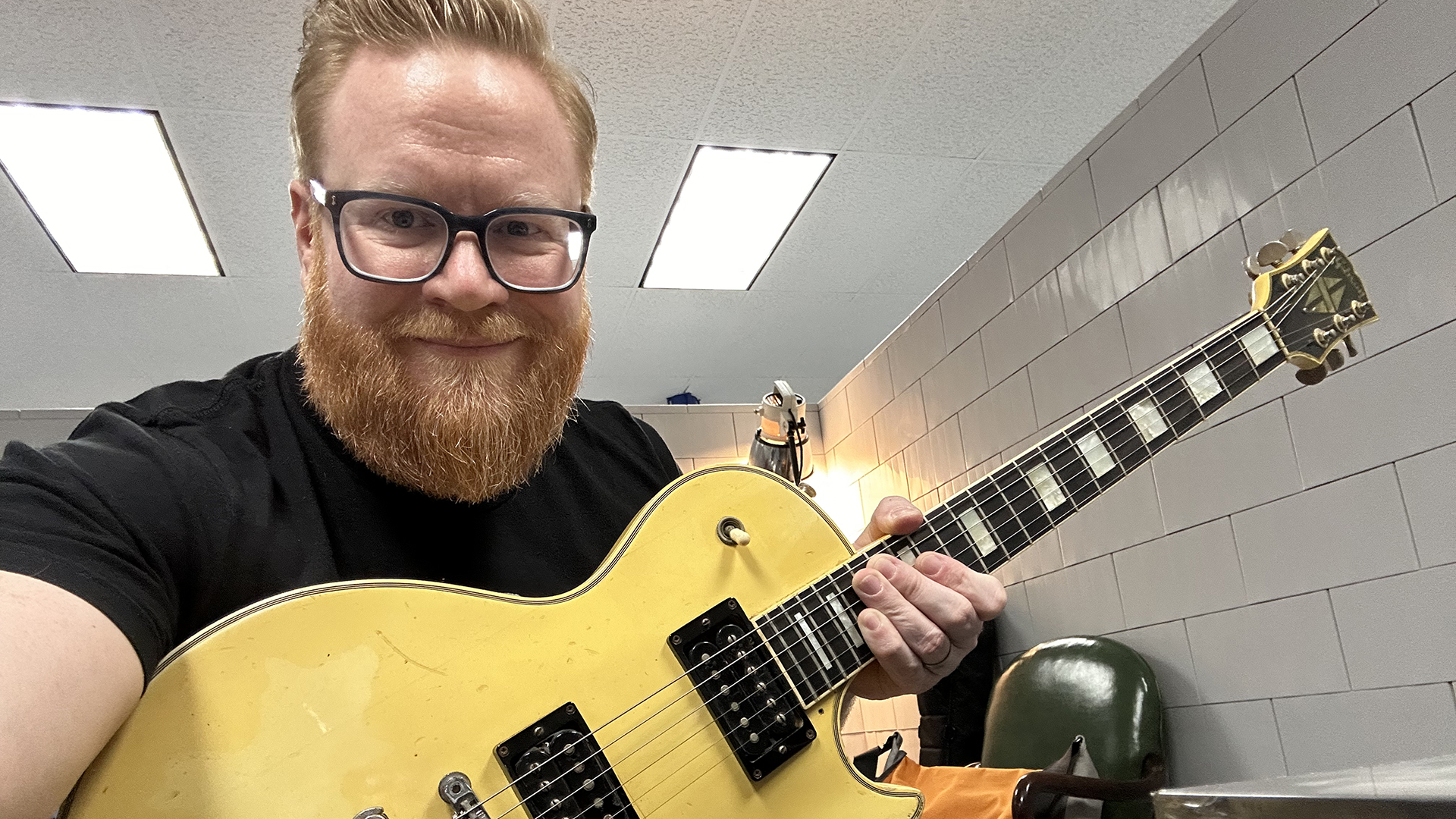
Would-be vintage guitar geeks face a catch-22 in that you need experience to be trusted with these instruments, but you can’t build experience without trust. What's the best way to address that?
“Number one, find a permissive music shop in your local area! If they know you and they trust you, that's a good way to start.
“For me, [beyond the vintage guitar store] my access point was being a tech where, as I got better, I was [increasingly] brought things that I previously didn't have access to. I would also say that there are enough musicians out there who happen to have a ‘cool old thing’ that just being part of your local music community is maybe even more effective.
“Then there’s the other way I did it – where I would subsist on basically no food and pool all my money and buy a ’73 P-Bass, or spend $3,000 on an ES-355. It can be risky, for sure, but you can save up, buy an old instrument, see if you like it, and, if you don't, pass it on and buy something else. So buy some things, learn to repair, learn to modify, and those doors will open.”
- For more information on Mike’s activities, keep an eye on his Instagram and Julien's Auctions.
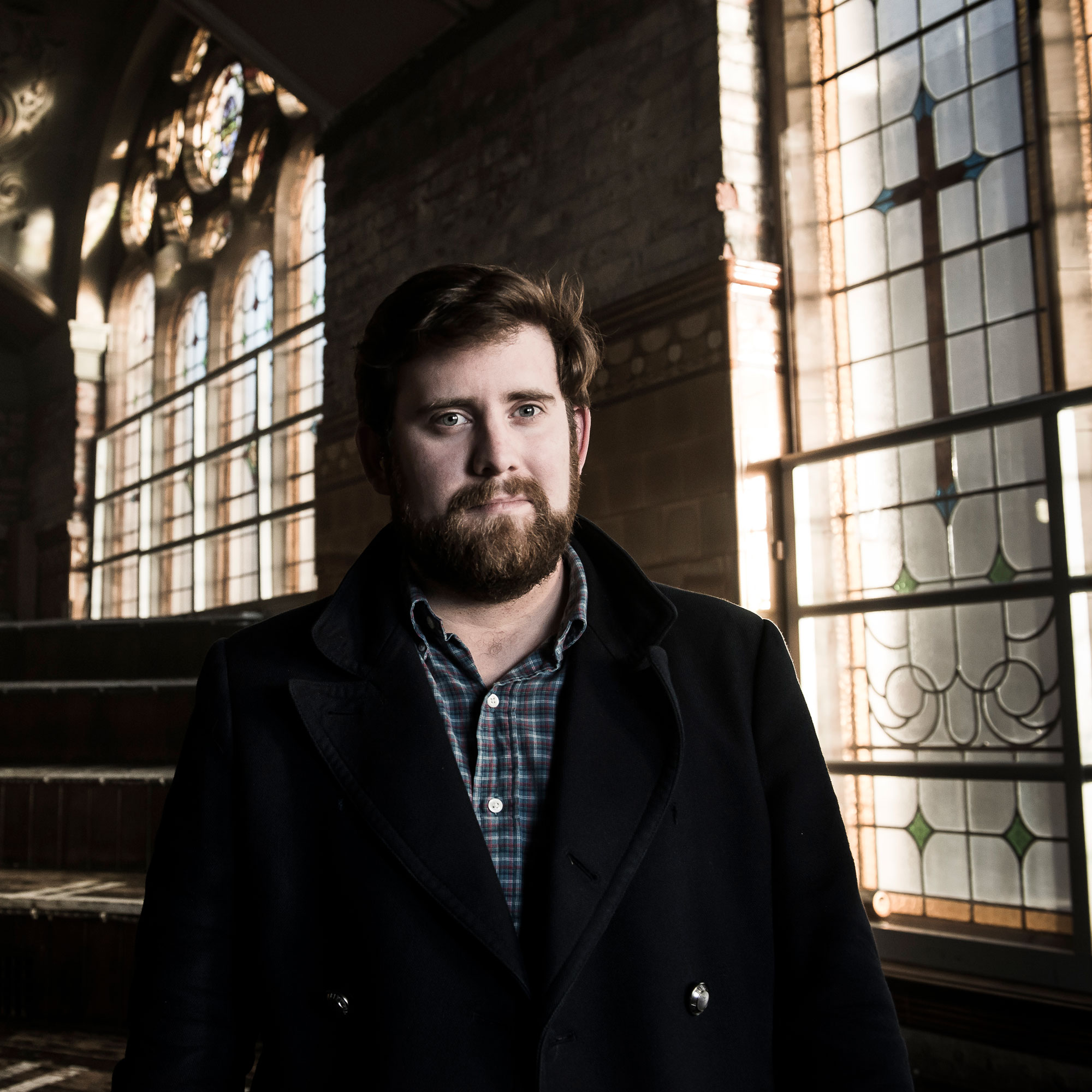
Matt is Deputy Editor for GuitarWorld.com. Before that he spent 10 years as a freelance music journalist, interviewing artists for the likes of Total Guitar, Guitarist, Guitar World, MusicRadar, NME.com, DJ Mag and Electronic Sound. In 2020, he launched CreativeMoney.co.uk, which aims to share the ideas that make creative lifestyles more sustainable. He plays guitar, but should not be allowed near your delay pedals.
“It holds its own purely as a playable guitar. It’s really cool for the traveling musician – you can bring it on a flight and it fits beneath the seat”: Why Steve Stevens put his name to a foldable guitar
“Finely tuned instruments with effortless playability and one of the best vibratos there is”: PRS Standard 24 Satin and S2 Standard 24 Satin review


![A black-and-white action shot of Sergeant Thunderhoof perform live: [from left] Mark Sayer, Dan Flitcroft, Jim Camp and Josh Gallop](https://cdn.mos.cms.futurecdn.net/am3UhJbsxAE239XRRZ8zC8.jpg)








